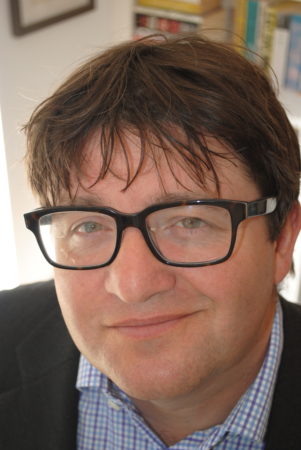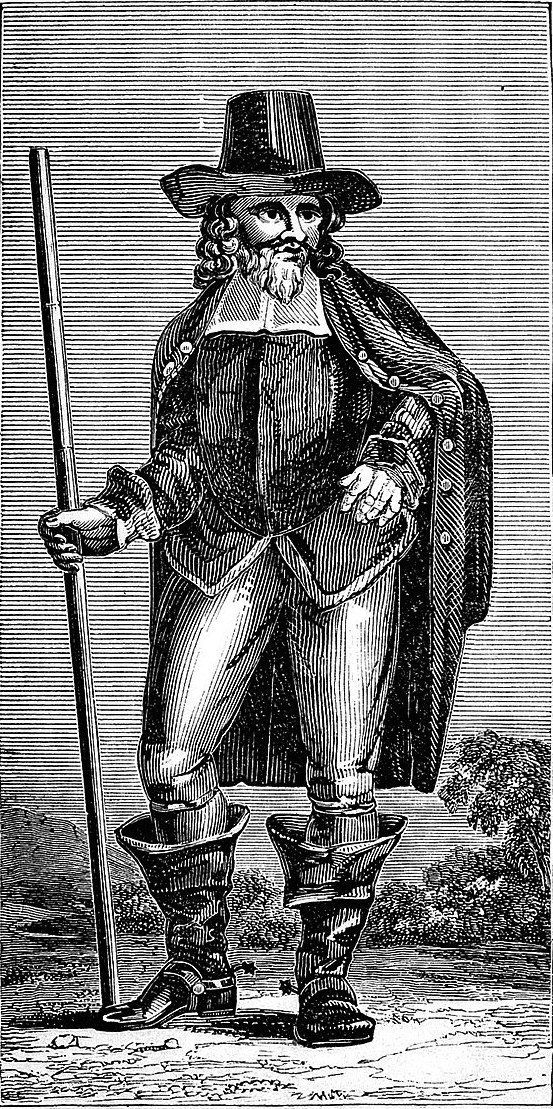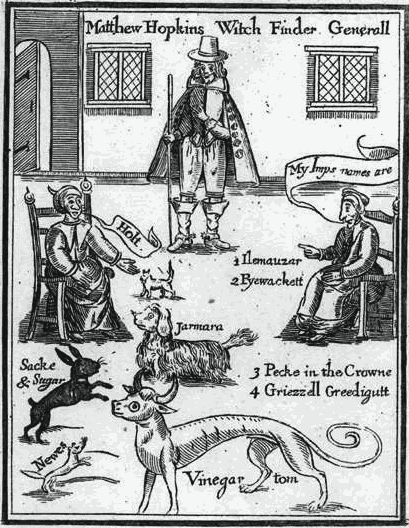In our 65th issue, the self-appointed ‘Witchfinder General’ Matthew Hopkins peers menacingly out of the cover. He was a man whose desire to persecute witches, as well as his financial motives, combined to produce an unstoppable, terrifying force. No woman (or sometimes man) in 17th Century East Anglia was safe from his vendetta. To continue our investigation into this shadowy figure, we spoke to University of East Anglia Professor Malcolm Gaskill (author of Witchfinders: A Seventeenth-Century English Tragedy, 2005) to find out the truth about the notorious Hopkins.
 Professor Gaskill, who is currently Professor of Early Modern History at UEA
Professor Gaskill, who is currently Professor of Early Modern History at UEA
Why is Hopkins’ ‘reign of terror’ so significant in the history of England’s witch-trials?
Some might dispute the idea of a ‘reign of terror’. The Hopkins of folklore and fiction is a pitiless monster, sweeping across East Anglia like some bloodthirsty tyrant; but his witchfinding campaign was actually short-lived and constrained by social, political and legal forces over which he, as a man without formal authority, had no control. On the other hand, for those unfortunates whose ordeals he orchestrated and whose executions he initiated, ‘terror’ is the right word, along with ‘misery’, ‘shame’, ‘degradation’ and ‘grief’.
Does Hopkins fit the typical image of a witch-hunter of the period?
Insofar as there was a typical witch-hunter, he does. There were probably not that many professional witchfinders. Some were granted limited authority, but then again authority was frequently contested, which meant they rarely lasted long. Centralizing states in the early modern period sought legitimacy through the rule of law, but witchfinders represented a kind of lawlessness because they discouraged restraint and encouraged unrest. Like most witchfinders, Hopkins was an aberration, a threat to the obedience and order all rulers desired.

An illustration of Hopkins from an 1837 edition of his work
Did Hopkins and his associates use legally dubious methods, as critics claimed?
Yes. Witch-hunting is associated with torture because torture was an integral part of the inquisitorial legal systems prevalent in continental Europe. But such methods were, for the most part, tightly controlled and administered by trained inquisitors, whereas witchfinders inflicted wanton cruelty regardless of the rules. In England, where torture was not routine legal procedure, any duress was inimical to the interests of justice. Hopkins relied on the most effective torture there is: sleep deprivation, which renders even the strongest person highly suggestible under interrogation, and ready to confess just about anything.

Hopkins gets a witch to identify her ‘familiars’ in the frontispiece for his book, The Discovery of Witches (1647)
Why was Hopkins so successful during his short career?
In the 1630s, when Hopkins was growing up, neither crown nor judiciary showed much enthusiasm for witchcraft trials, which meant villagers’ complaints about witches were not redressed. Fear and anger built up like a head of steam. Then, in the 1640s, civil war disrupted established structures of government and justice. Judges were arrested, and institutions that restrained witch-hunting, such as the House of Lords, swept away. It became possible, then, for a witchfinder to take matters into his own hands to serve neglected victims of witches and, more generally, puritans at war with the devil, popery and a detested king.
How is Hopkins best remembered historically?
Hopkins was a religious zealot who exploited a situation to achieve his ends. But there were many like him, puritans who believed passionately that the forces of Antichrist were assailing Christendom and had to be fought by God’s elect saints. We can’t say if he did it for the money, or to satisfy some vile perversion, but fighting the devil in what seemed like the last days of mankind was a widespread preoccupation in mid-seventeenth-century England.
Malcolm Gaskill is currently working on a book about witchcraft and heresy in 1650s New England. Our full feature on Matthew Hopkins can be found in All About History issue 65, which can be purchased here. Our new issue – featuring Stalin, Frida Kahlo, and Caligula – goes on sale today. Subscribe or pick up a copy.